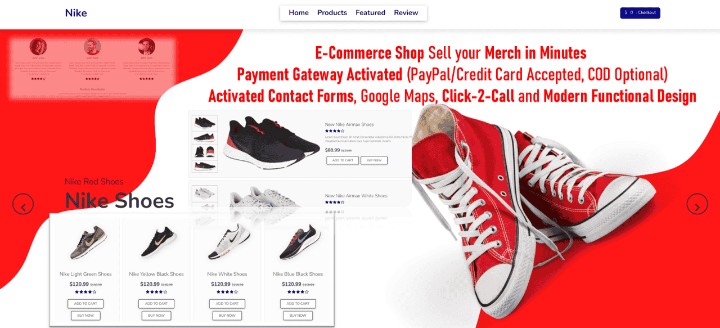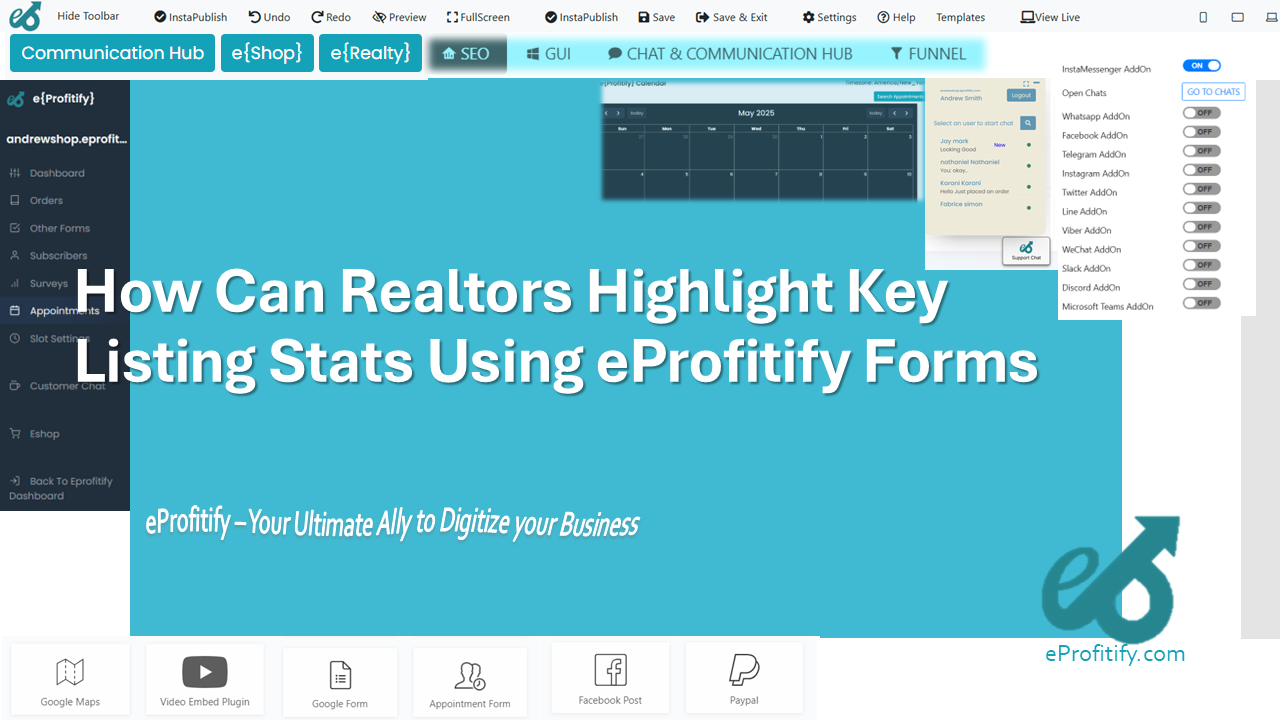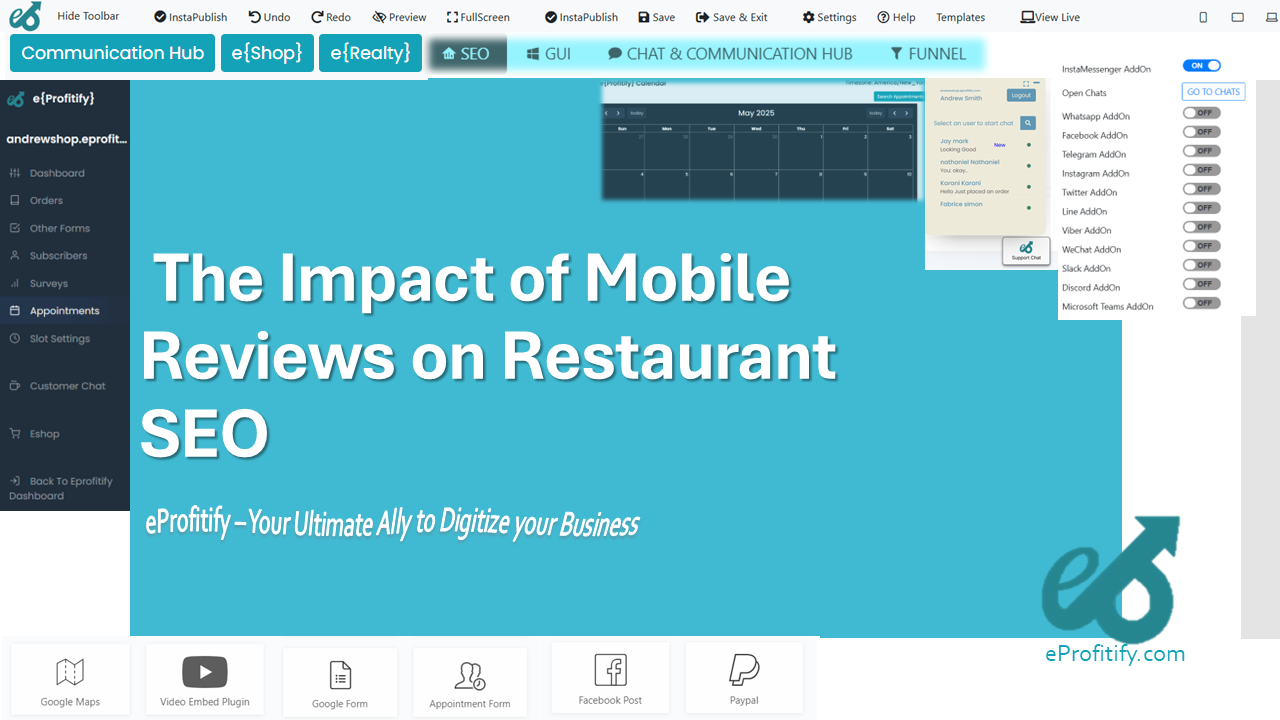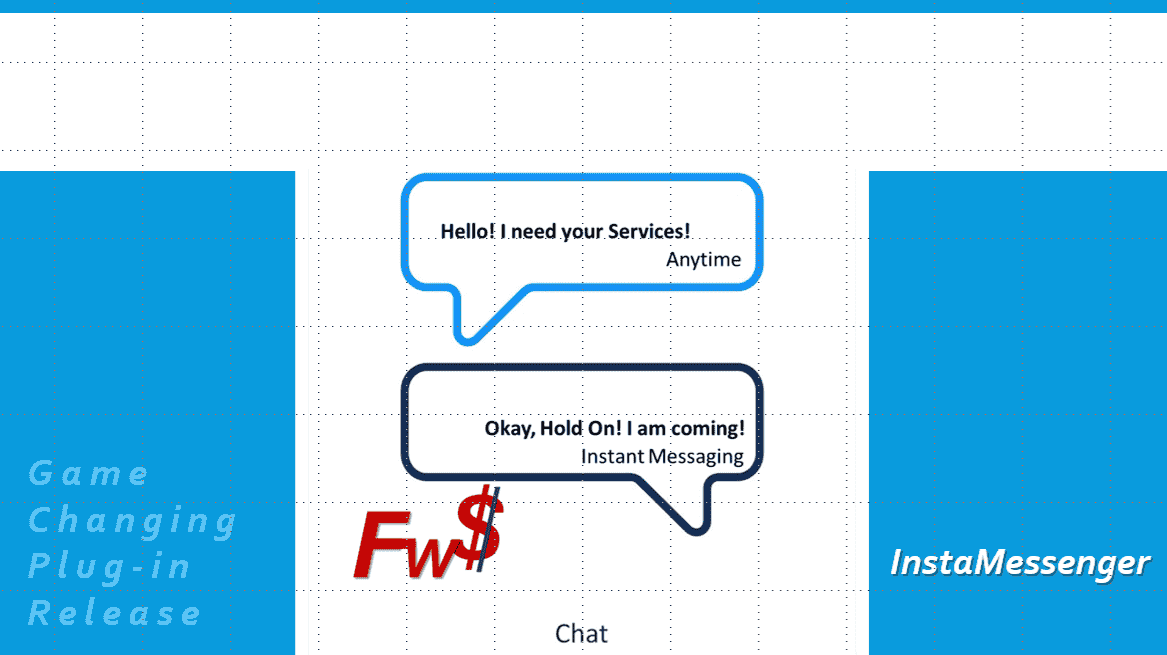How to Train Your Team on SEO Basics for Growth
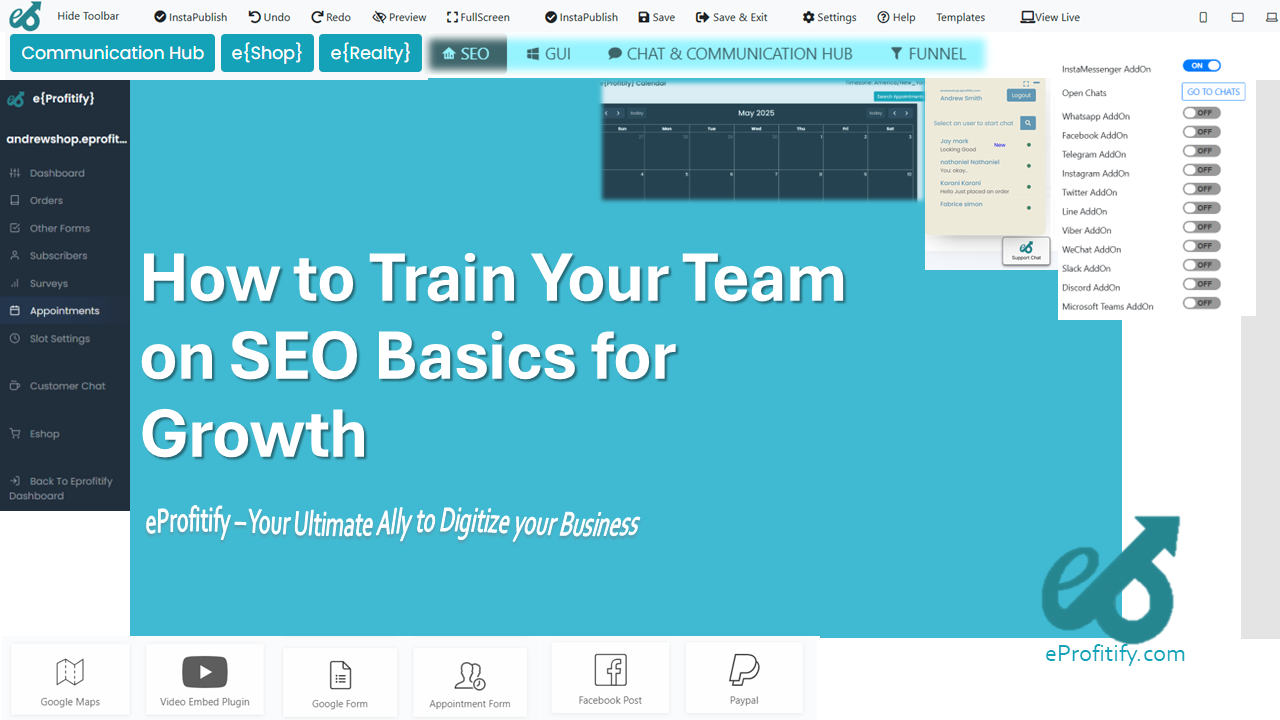
Schedule a LIVE Zoom call with an eProfitify Expert.
How to Train Your Team on SEO Basics for Growth
Search Engine Optimization (SEO) remains a cornerstone of digital growth, with 68% of online experiences beginning on search engines. For businesses aiming to scale, training your team in SEO fundamentals is non-negotiable. Organizations that prioritize SEO see measurable results: 61% of marketers rank improving SEO as their top inbound marketing priority, and websites on the first page of Google capture 50% of all clicks. This guide outlines actionable steps to train your team on SEO foundations while integrating tools like eProfitify, a leading website publishing and management platform, to streamline execution.
Step 1: Start with Keyword Research Mastery
Keyword research is the bedrock of SEO. Teach your team to identify high-intent terms aligned with your audience’s needs. Tools like Google Keyword Planner and SEMrush simplify this process by revealing search volume, competition levels, and related phrases. Emphasize long-tail keywords, which account for 70% of all web searches and often convert better due to specificity.
Practical Training Tip:
Host workshops to walk through keyword gap analysis. Use eProfitify’s CRM to segment audience data and align keywords with customer pain points. For example, an ecommerce team can use keyword insights to optimize product descriptions, leveraging eProfitify’s ecommerce integration for seamless updates.
Step 2: Build On-Page SEO Competency
On-page SEO ensures content is structured for both users and search engines. Key elements include title tags, meta descriptions, header tags (H1, H2), and internal linking. Pages with optimized titles receive 2.5x more organic traffic, while content with headers (H2s and H3s) is 36% more likely to rank.
Practical Training Tip:
Assign teams to audit existing pages using eProfitify’s project management tools. They can collaborate via instant messaging to resolve issues like duplicate meta tags or broken links. Highlight eProfitify’s drag-and-drop editor for real-time edits, ensuring meta tags align with target keywords.
Step 3: Demystify Technical SEO
Technical SEO often intimidates newcomers, but its impact is undeniable. Google’s Core Web Vitals now prioritize page experience, with sites scoring “good” on these metrics seeing 24% lower bounce rates. Train your team to:
- Optimize site speed (pages loading in under 2 seconds have a 9% higher conversion rate).
- Implement mobile-first design (60% of global website traffic comes from mobile devices).
- Fix crawl errors using tools like Google Search Console.
Practical Training Tip:
Use eProfitify’s analytics dashboard to track Core Web Vitals. Schedule monthly audits via its appointment management system, ensuring technical checks become routine.
Step 4: Prioritize Content Optimization
High-quality content drives 3x more traffic than paid advertising. Train your team to create SEO-friendly blogs, guides, and product pages. Emphasize readability (aim for a Flesch Reading Ease score above 60) and semantic SEO, where content contextually covers subtopics related to the main keyword. Long-form content (1,800+ words) generates 77% more backlinks than shorter pieces.
Practical Training Tip:
Leverage eProfitify’s content calendar to plan keyword-targeted articles. Use its collaboration features for peer reviews, ensuring content aligns with SEO guidelines. For ecommerce teams, integrate product pages with keyword-rich descriptions using eProfitify’s ecommerce tools.
Step 5: Leverage Local SEO Strategies
For businesses with physical locations, local SEO is critical. “Near me” searches have grown 150% in two years, and 76% of users visit a business within a day of a local search. Train your team to:
- Optimize Google Business Profiles.
- Build local citations (name, address, phone number consistency).
- Encourage reviews (87% of consumers read online reviews).
Practical Training Tip:
Use eProfitify’s CRM to manage customer interactions and automate review requests. Track local search rankings through the platform’s analytics, identifying geo-specific keyword opportunities.
Step 6: Master Link-Building Techniques
Backlinks remain a top-three ranking factor. Pages with 100+ referring domains generate 5x more traffic than those with fewer. Teach your team to earn links through guest blogging, partnerships, and resource creation.
Practical Training Tip:
Use eProfitify’s project management module to track outreach campaigns. Collaborators can use instant messaging to coordinate with influencers or partners, streamlining communication.
Step 7: Integrate Analytics for Continuous Optimization
SEO requires ongoing refinement. Tools like Google Analytics reveal which keywords drive conversions, while A/B testing identifies high-performing page elements. Pages with video content, for instance, attract 3x more backlinks.
Practical Training Tip:
Centralize data analysis using eProfitify’s dashboard, which combines SEO metrics with CRM and sales data. Train teams to set up custom reports, identifying trends like seasonal keyword spikes.
Why eProfitify Elevates SEO Execution
While training builds knowledge, tools like eProfitify accelerate results. Its suite bridges SEO strategy and execution:
- Instant Messaging: Resolve on-page issues in real time.
- Appointment Management System: Schedule audits and content updates without bottlenecks.
- Ecommerce Integration: Optimize product pages and track inventory-linked keywords.
- CRM: Align SEO with customer behavior data for hyper-personalized content.
- Analytics: Monitor rankings, traffic, and conversions in a unified view.
Final Thoughts
SEO is not a “set and forget” strategy. By training your team in keyword research, on-page optimization, technical SEO, and analytics, you lay the groundwork for sustained growth. Pairing this knowledge with eProfitify’s all-in-one platform ensures your strategy stays agile, collaborative, and results-driven. As search algorithms evolve, a well-trained team equipped with the right tools will keep your business visible, competitive, and scalable.
